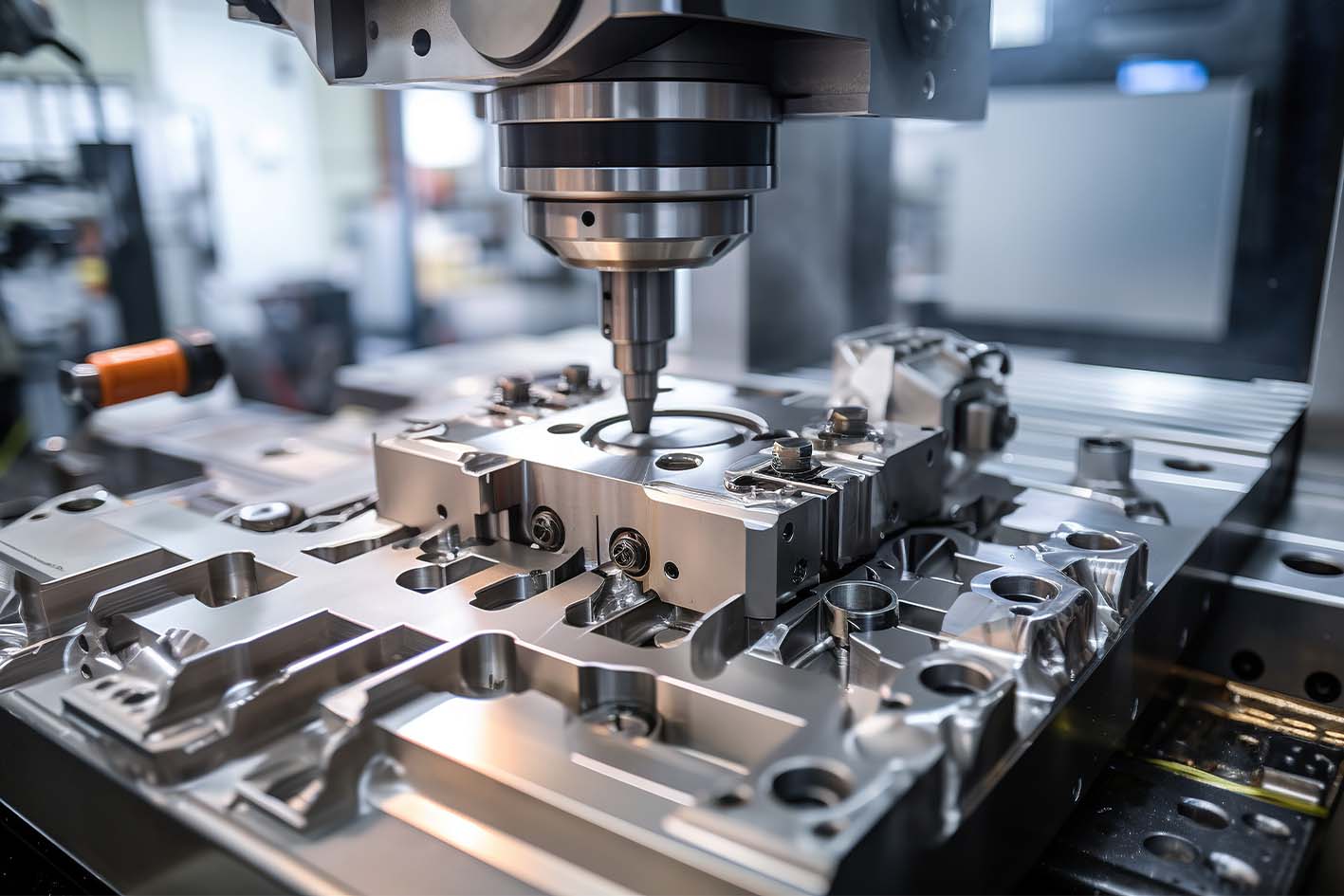Fasteners and Machining: Enhancing Sturdiness and Efficiency in Production
Fasteners and Machining: Enhancing Sturdiness and Efficiency in Production
Blog Article
Grasping the Art of Fasteners and Machining: Technologies and Best Practices
In the world of industrial production and design, the mastery of bolts and machining is a cornerstone of guaranteeing architectural honesty, capability, and durability in numerous applications. Join us as we explore the latest advancements and dive right into the nuanced world of mastering fasteners and machining, uncovering crucial understandings and techniques that can boost your approach to engineering services.
Evolution of Attachment Technologies
Throughout the industrial transformation and right into the modern age, the advancement of attaching technologies has actually been noted by continual advancements in effectiveness and dependability. Fasteners, such as rivets, screws, and screws, play an essential function in numerous sectors, including automobile, aerospace, building and construction, and electronics. The demand for stronger, a lot more resilient, and easier-to-install fastening solutions has driven innovation in the field.
One considerable development has been the change towards accuracy machining techniques to produce bolts with greater resistances and remarkable efficiency. This change has enabled producers to produce fasteners that fulfill stringent high quality criteria and deal boosted resistance to rust and tiredness.
Moreover, the intro of sophisticated materials, such as titanium alloys and compounds, has revolutionized the capabilities of fasteners. Fasteners and Machining. These materials supply extraordinary strength-to-weight proportions, making them excellent for applications where reducing weight is essential without jeopardizing structural integrity
Advancements in Machining Techniques
In the world of industrial production, the continual advancement of machining techniques has paved the means for unmatched accuracy and performance in the manufacturing of bolts. This exact control makes it possible for producers to create complicated and intricate bolt styles with simplicity.

Furthermore, the adoption of multi-axis machining facilities has allowed simultaneous reducing procedures from numerous angles, better improving performance and decreasing manufacturing times. By using these innovative machining techniques, makers can meet the boosting need for high-quality fasteners while keeping cost-effectiveness in their procedures.
Choosing the Right Fastener Materials
Selecting the appropriate material for fasteners is an essential decision that substantially influences the performance and long life of the assembled elements. When selecting the appropriate fastener material, a number of factors have to be thought about to ensure the longevity and integrity of the last product. The material chosen should be suitable with the environmental conditions the bolts will be exposed to, such as temperature level variants, moisture degrees, and destructive elements.
Usual materials made use of for fasteners include stainless steel, carbon titanium, steel, and light weight aluminum, each offering special homes that suit different applications. Stainless-steel, as an example, is known for its rust resistance, making it ideal for marine or outdoor atmospheres. Carbon steel is a cost-efficient choice ideal for several general-purpose applications. Light weight aluminum is light-weight and often used in industries where weight is an essential variable. Titanium, on the other hand, is exceptionally strong and corrosion-resistant, making it appropriate for high-performance applications.
Enhancing Precision in Machining
Attaining ideal precision in machining is important for making sure the redirected here high quality and efficiency of machined parts. To improve accuracy in machining, suppliers use a variety of sophisticated techniques and modern technologies.
In addition to CNC machining, the usage of innovative cutting tools and device holders can also dramatically boost precision. Top quality cutting tools with innovative coverings lower rubbing and wear, bring about a lot more exact cuts and dimensional precision. In addition, carrying out rigid high quality control procedures throughout the machining process, such as normal assessments and calibration of devices, helps preserve constant accuracy levels. By focusing on accuracy click this site in machining, makers can accomplish superior item high quality, tighter resistances, and enhanced total efficiency of machined elements.

Best Practices for Bolt Installation
Accuracy in machining plays an essential function in guaranteeing the reliability and longevity of fastener installments. One vital aspect is the proper option of fasteners based on the specific application demands when it comes to finest methods for bolt installment. Making use of the proper type, dimension, and product of bolt is important to assure ideal performance and longevity. Fasteners and Machining. Additionally, it is vital to comply with producer guidelines and suggested torque values throughout the installation procedure to avoid under-tightening or over-tightening, which can lead to early bolt failing.
In addition, ensuring that the fastener strings are clean and cost-free of particles before installment is essential to attaining a safe and effective link. Utilizing thread-locking compounds or washers can likewise improve the stability of the bolt assembly. Regular inspections and upkeep of fasteners post-installation are advised to recognize any kind of possible concerns early on and protect against pricey fixings or substitutes in the future. By sticking to these finest practices, makers can maximize the honesty navigate to these guys and efficiency of their fastener installations.
Conclusion
By selecting the appropriate bolt materials and improving precision in machining, suppliers can accomplish ideal results in their operations. Generally, grasping the art of bolts and machining includes continual innovation and adherence to ideal practices.
In the world of industrial manufacturing, the continuous evolution of machining techniques has actually led the means for extraordinary accuracy and effectiveness in the production of fasteners.Precision in machining plays a crucial duty in ensuring the reliability and long life of bolt setups. When it comes to ideal techniques for bolt setup, one vital element is the proper option of fasteners based on the particular application requirements. By selecting the appropriate fastener materials and improving precision in machining, suppliers can accomplish ideal outcomes in their operations. Overall, mastering the art of bolts and machining includes continual advancement and adherence to ideal methods.
Report this page